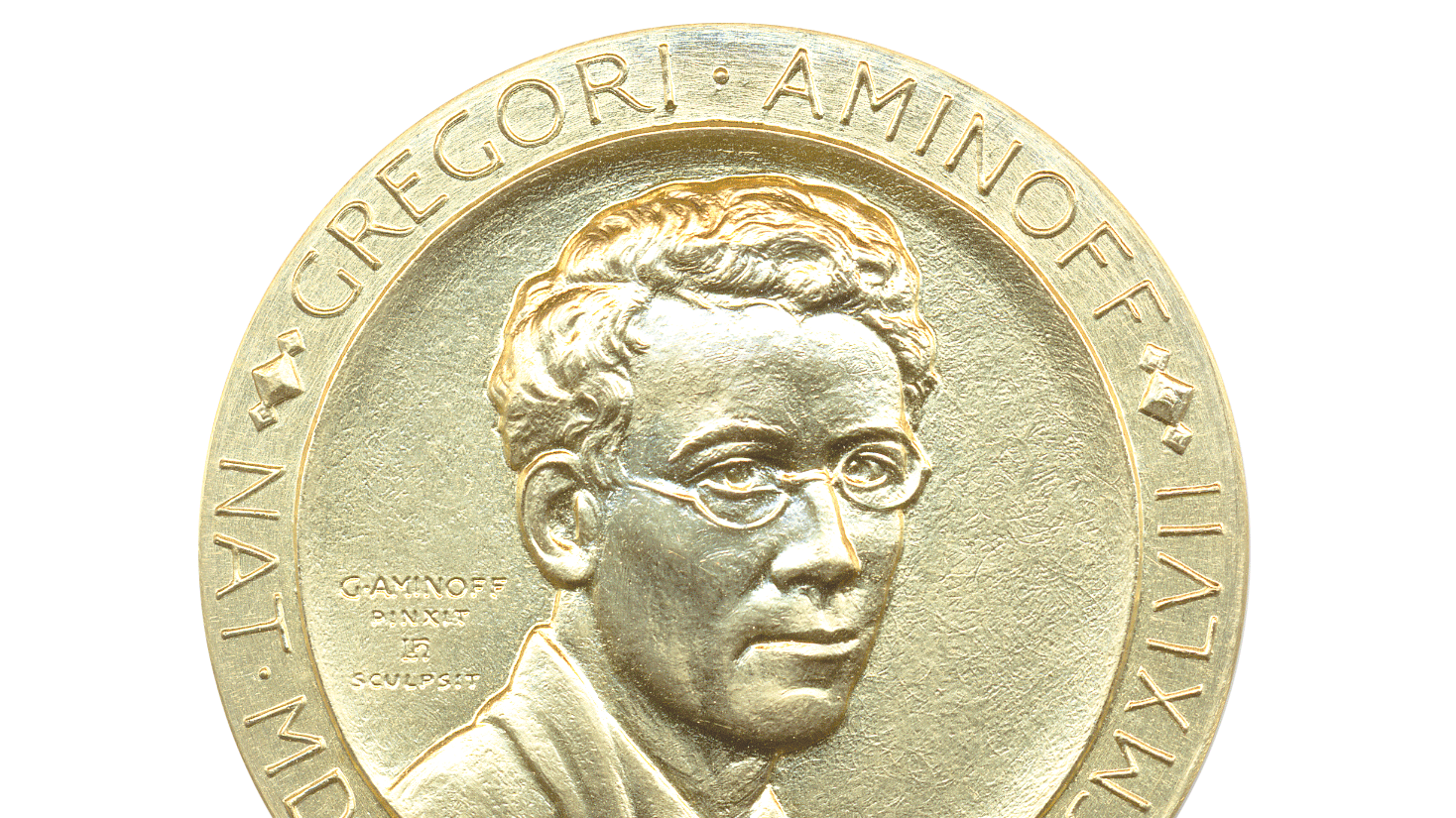The Royal Swedish Academy of Sciences has named Simon Billinge, Columbia University, US, as the 2025 Aminoff Laureate. He is awarded the prize for his decisive contribution to the further development of the pair distribution function, a tool that is widely used in materials science.

X-ray diffraction is the most accurate method we have for examining the structure of solids with well-ordered atoms, but there is growing interest in understanding nanostructures and less well-ordered systems, not least so we can follow chemical reactions as they are taking place.
The pair distribution function (PDF) is an ideal tool for this, but it is not a new invention. Obtaining information about distances in a structure is much easier than obtaining information about atomic positions. Distance information was used early on, as a first step towards determining structure by using X-ray diffraction data, and the foundation of what is now PDF was established by Debye, back in 1915.
A decisive contribution
However, there has been important development in recent years, for which Simon Billinge’s work has been decisive. This is the realisation that high-resolution PDF requires using the weak signals obtained from high scattering angles, which have been hard to access using traditional X-ray sources. However, thanks to modern synchrotron light facilities (such as MAX IV in Lund, Sweden), this information can now be gathered, and with a high quality.
Through his own experiments and in collaboration with others, Simon Billinge has driven this technological development and clarified its potential for others. This has led to PDF becoming a standard tool for describing and understanding weakly ordered systems.
Studying growth
The development of nanomaterials has promoted the use of PDF as an analytical method, but PDF also permits the study of growth and transformation in crystalline systems. This is particularly important for our understanding of how the materials in a battery change as it charges and discharges, and how to optimise conditions for the synthesis of new materials.
Prize citation
“…for a decisive contribution to making the pair distribution function a widely useful tool for structural and materials science.”
FACTS/About the laureate
Simon J. L. Billinge was born 1964 in London, UK. He received his PhD from the University of Pennsylvania in 1992 and has been Professor of Applied Physics, Mathematics and Materials Science at Columbia University, New York, US, since 2008.
Simon Billinge, Columbia University
About the Gregori Aminoff Prize
Every year, the Gregori Aminoff Prize in crystallography is awarded by the Royal Swedish Academy of Sciences. Crystallography is the study of atomic structures in solid materials and is used in chemistry, biology, medicine, geology and materials science.
The Prize recognises a documented individual contribution to the field of crystallography and has been awarded to Swedish and foreign researchers since 1979. The prize money is 120,000 Swedish kronor.
Press contact:
Eva Nevelius, Press Secretary at the Royal Swedish Academy of Sciences
eva.nevelius@kva.se
+46-70-878 67 63
Expert:
Sven Lidin, Professor of Inorganic Chemistry at Lund University and Chair of the Prize Committee
sven.lidin@chem.lu.se
+46-72-729 10 30


